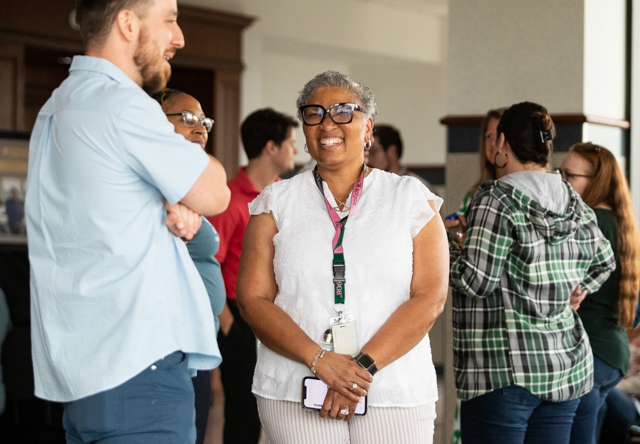Kentucky Mesonet network to get upgrades
Published 9:57 pm Saturday, August 6, 2016

- Kentucky Mesonet network to get upgrades
Change is in the forecast for a statewide network of weather stations that makes its home at Western Kentucky University.
Through a network of 66 stations in 65 counties, the Kentucky Mesonet at WKU tracks a range of weather variables in real time. Stations collect data on temperature, precipitation, humidity, solar radiation, wind speed and direction and send it to the Kentucky Climate Center at WKU every five minutes, 24 hours a day every day.
Trending
Needed equipment upgrades will allow the network to continue documenting weather across the state, and they’re being financed in part through a $105,000 grant from the Kentucky Agricultural Development Fund. The other half of the grant will come from part of $750,000 granted annually from the General Assembly this budget cycle and local sponsorships, according to State Climatologist Stuart Foster, who directs the Kentucky Mesonet and Kentucky Climate Center.
“Without them we wouldn’t have the support that we need for making these upgrades,” Foster said.
Through the matching grant, Foster said the network is undergoing three needed changes.
“The most critical of those is the need to replace the modems at our sites,” he said.
Those modems enable communication through a wireless network, similar to how cellphones work.
“This will help to improve the reliability of our communications,” he said, adding it creates other possibilities. “It will expand our capacity in the future to be able to perhaps deploy cameras and take photographs and retrieve images from our sites.”
Trending
That could help track weather phenomenon such as droughts by photographing vegetation, he said.
The grant also enables the network to replace its relative humidity probes, which help track moisture in the air and need upgrading.
“That will take us a bit of time because we are still working with vendors and doing some research to determine which model or which probe we want to use across Kentucky,” he said.
Because the life of the grant is for one year, Foster hopes to have that by winter or early next spring, depending on finding suitable replacements.
Overseers also plan to replace precipitation gauges at 25 sites, with locally sponsored sites taking priority. Of the variables the stations track, precipitation is the most difficult and gauges are expensive, Foster said.
As an ongoing independent effort, Foster said the network is looking to add more soil monitoring that can track droughts, flooding risk and improve daily temperature forecasts.
Additionally, a change in the network’s logo reflects WKU’s desire to be associated with it.
“That’s going to bring some very positive exposure and help to build WKU’s reputation and brand in communities throughout Kentucky in ways that no other program on campus can do,” Foster said.
Stacey Biggs, WKU’s chief marketing officer, helped supervise the design process for the new logo, which features a current of air in place of the O in “mesonet.”
“We wanted the logo to be very obvious that it was WKU by using the color palette of the university and by using the actual name as part of the logo,” she said, adding that the current of air represents energy and movement. “We wanted folks to know that the mesonet is centralized here at WKU.”
— Follow education reporter Aaron Mudd on Twitter @BGDN_edbeat or visit bgdailynews.com.







